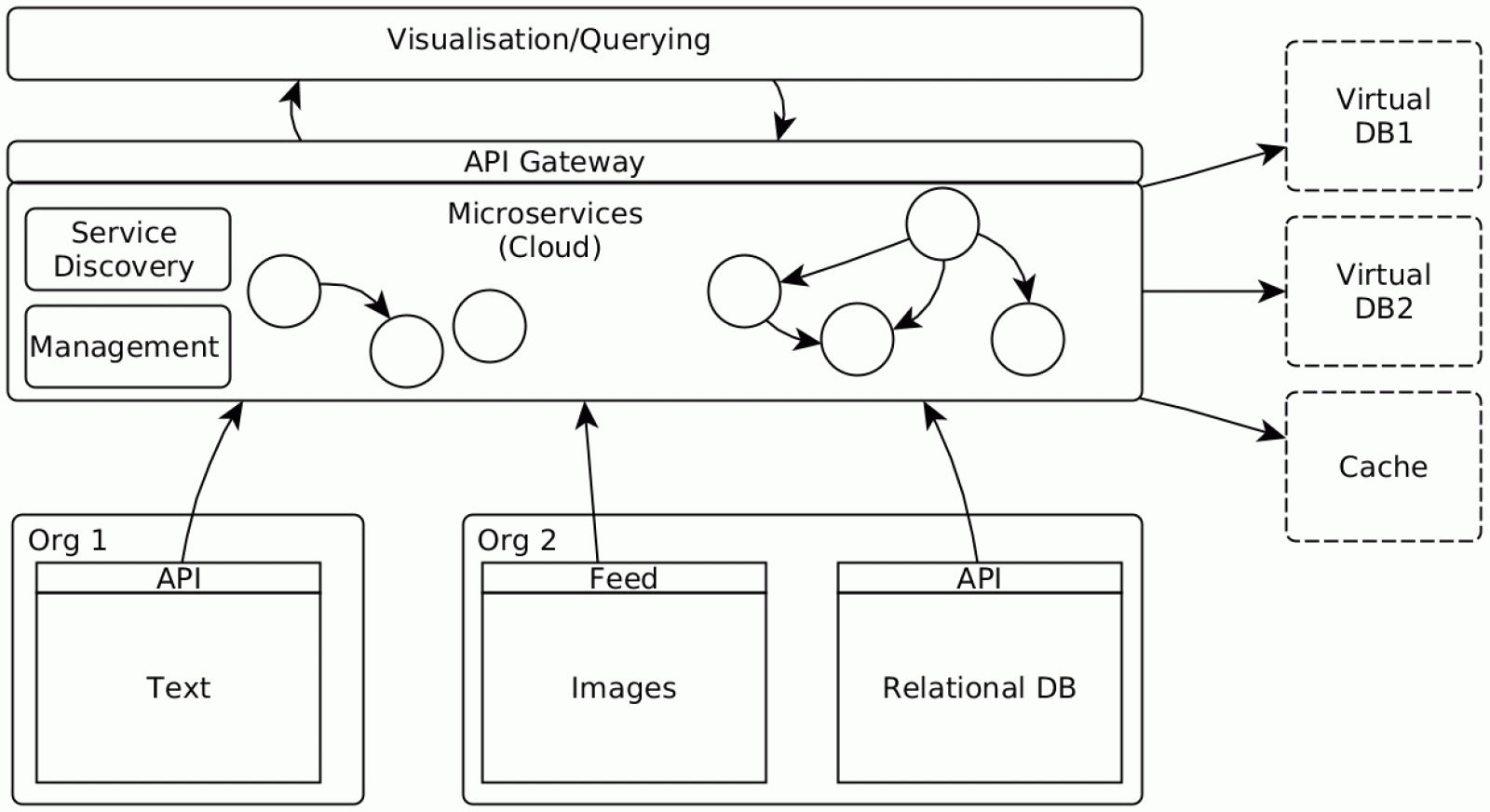Ricerca
KHI Digital Humanities Microservices Environment

The project focuses on developing a new process in the workflow of digital humanities studies by integrating them with well-known concepts from computer science, such as cloud computing and business process automation, through a microservices architecture. The microservices architecture is composed of loosely coupled and independently deployable smaller components, each performing a single and specific task. Reusability is a key factor: a service that can be built and shaped in the way the scholar needs in order to achieve their particular goal, such as, for example, text retrieval, semantic analysis and iconography identification.
This paradigm shift is useful not only for economic reasons, but also because of the flexibility and the reusability of its algorithm. The final result aims to increase compatibility among different data sets or models, so that humanities scholars will be able to come up with innovative solutions based on existing services. This architecture has already been deployed at the KHI and we are analyzing the possibility of creating a shared microservices environment with some of our research partners in order to realize the full potential of this project: reducing the need for redevelopment of most components; preventing the creation of clumsy software monoliths; and facilitating the development of new digital humanities solutions.


